Cubism was one of the most influential visual art styles of the early twentieth century pioneered by Pablo Picasso and Georges Braque.
Video about Cubism
https://www.youtube.com/watch?v=IF-nmwm7-Bg
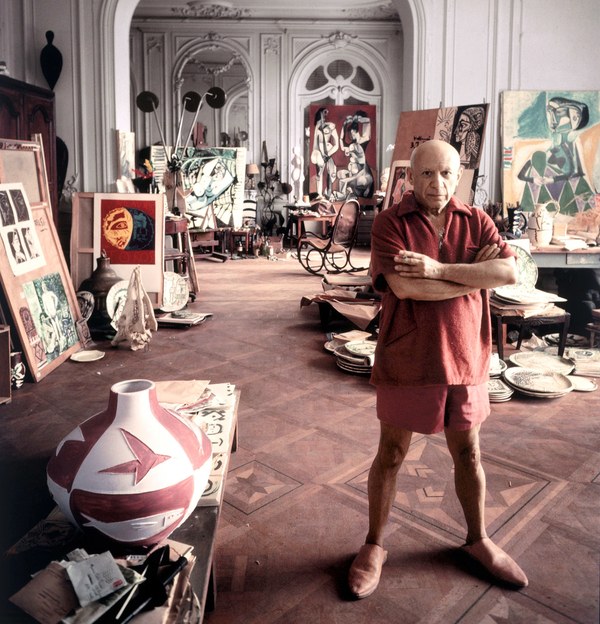
In Cubism, artists began to look at subjects in new ways in an effort to depict three-dimensions on a flat canvas. They would break up the subject into many different shapes and then repaint it from different angles. Cubism paved the way for many different modern movements of art in the 20th century.

Analytical Cubism. The first stage of the Cubism movement In this style, artists would study the subject and break it up into different blocks. They would look at the blocks from different angles. Then they would reconstruct the subject, painting the blocks from various viewpoints.
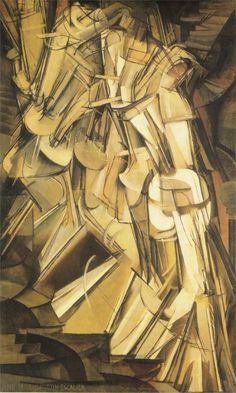
Synthetic Cubism – The second stage of Cubism introduced the idea of adding in other materials in a collage. Artists would use colored paper, newspapers, and other materials to represent the different blocks of the subject. This stage also introduced brighter colors and a lighter mood to the art.

Cubism was also used to paint portraits. In this example of Analytical Cubism, Juan Gris pays tribute to the inventor of Cubism Pablo Picasso.
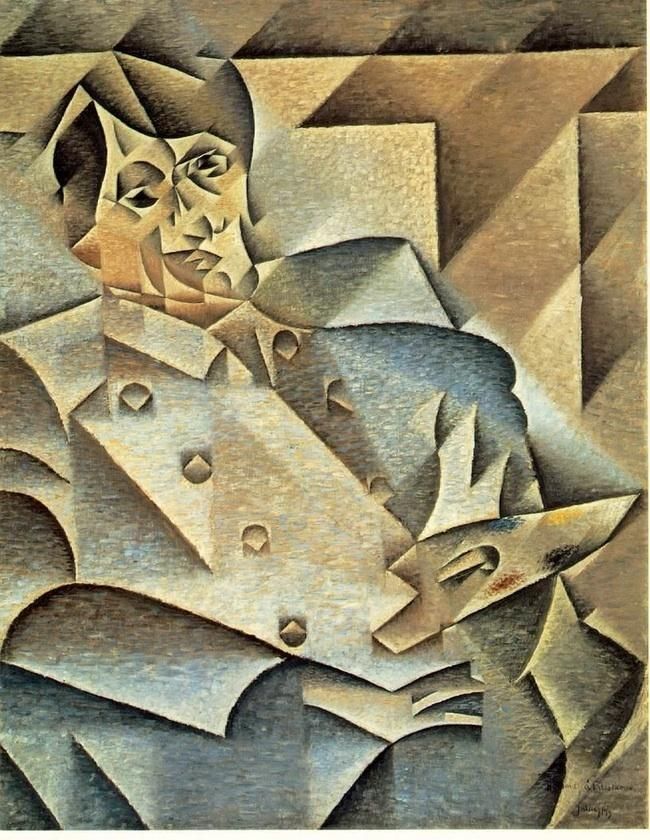
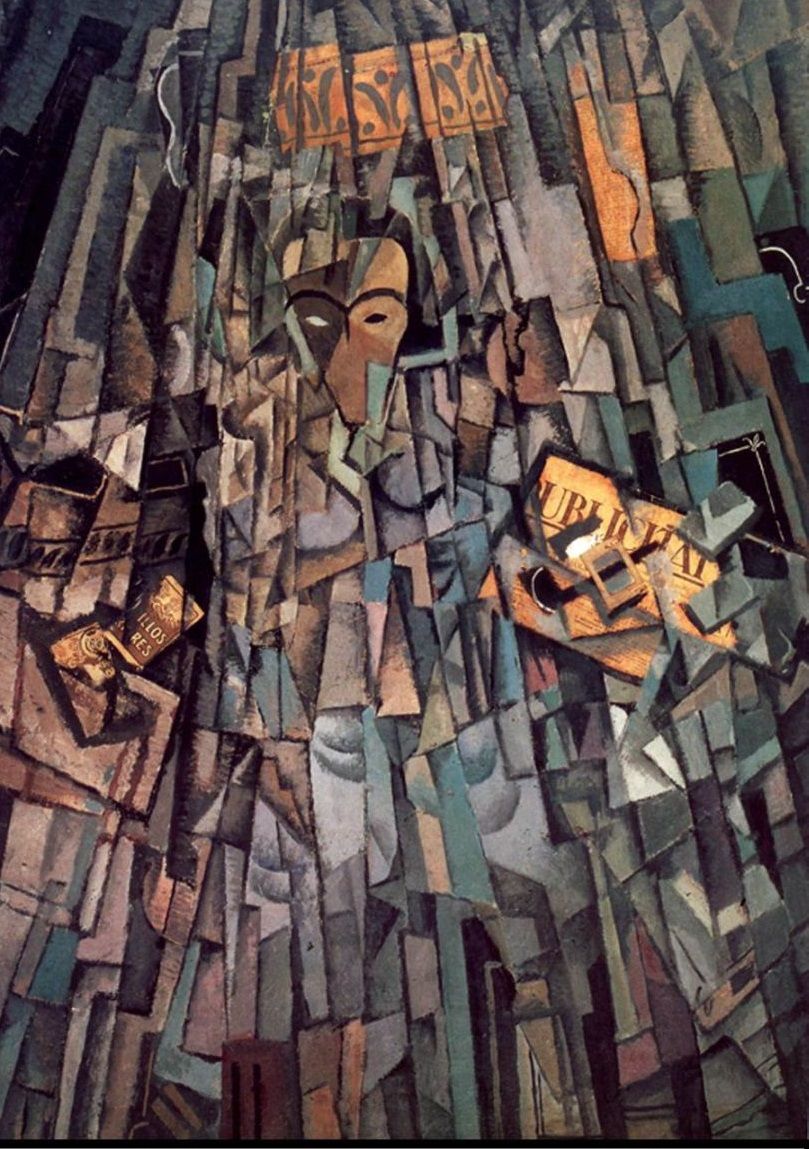
Salvador Dali Cubist self-portrait 1923
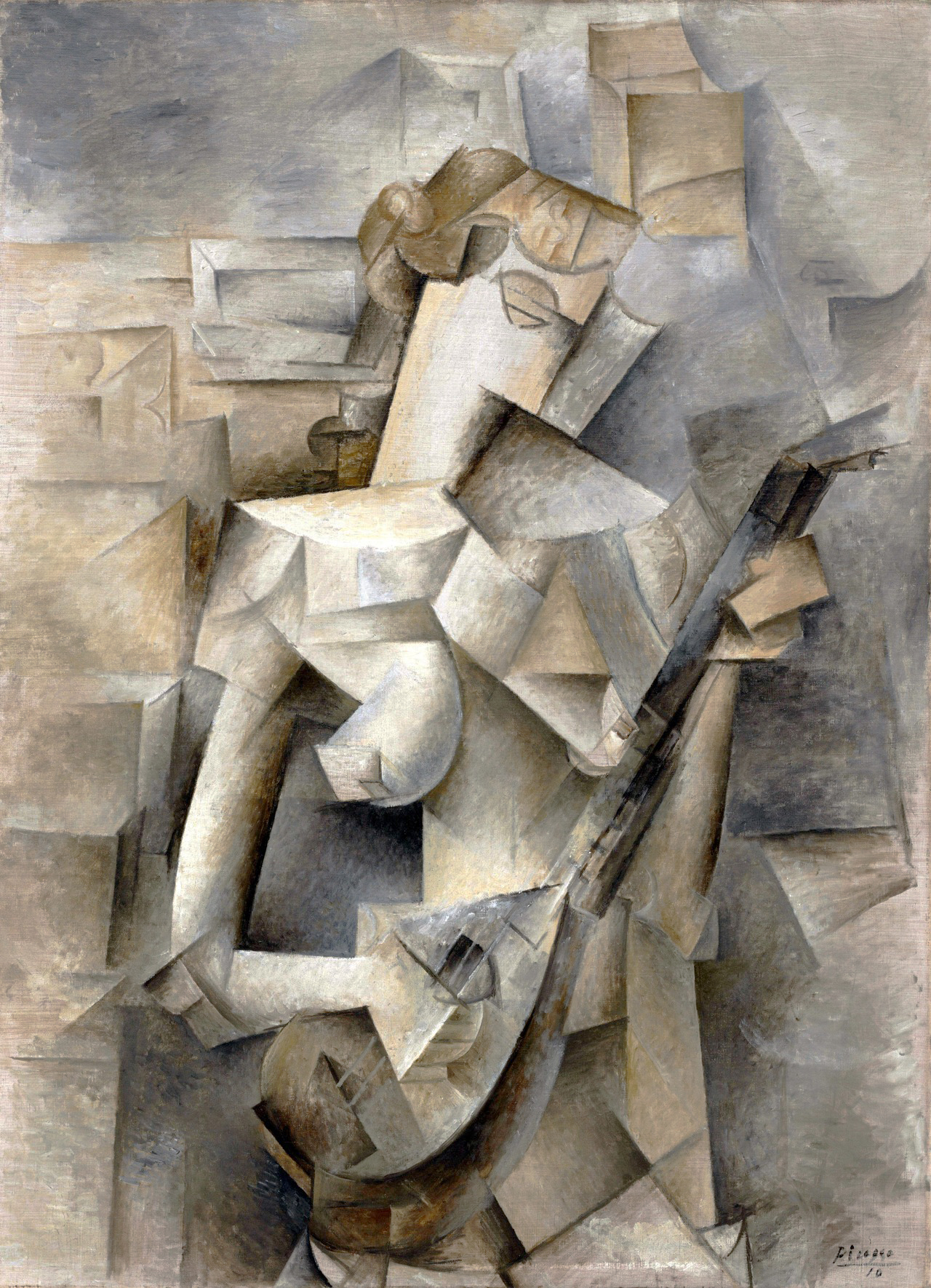
Girl with a Mandolin -Picasso



